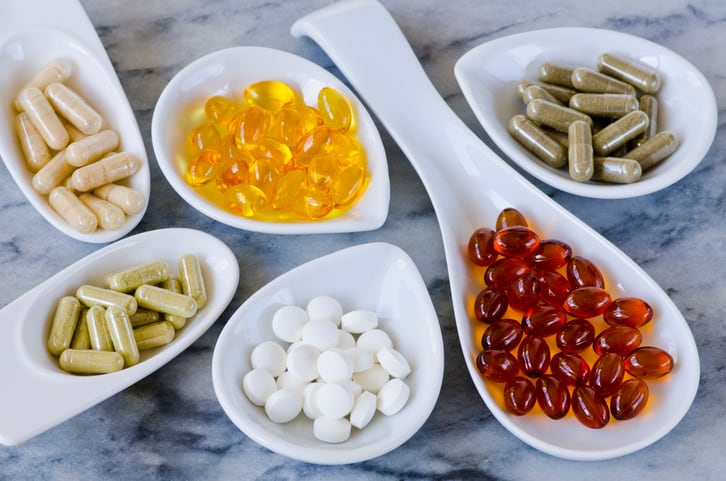In a modified presentation of the recommendations from the International Lipid Expert Panel (ILEP), the review states flavonoids, soy, and curcumin should also be considered for their anti-inflammatory potential, whilst omega-6 fatty acids, berberine, and garlic have the weakest evidence and are not recommended for use as anti-inflammatory nutraceuticals.
The review emphasises that natural products are "crucial" to reduce systemic and/or regional low-grade inflammation but there is an overall lack of available evidence to support the usage of some nutraceuticals.
Based on the obtained research, the ‘Nutrients’ published review concludes: “We strongly believe that dietary interventions based on natural products are crucial to reduce systemic and/or regional low-grade inflammation and thus improve general health, reduce the risk of chronic diseases, delay and/or prevent cardiovascular diseases, and improve prognosis.”
Nutrition for inflammation
Chronic inflammation is known to be closely linked with oxidative stress, whereby the release of free radicals can, in turn, increase the production of pro-inflammatory cytokines including interleukins (IL) 1β.
Thus, such inflammation can play a critical role in the pathophysiology of atherosclerotic cardiovascular disease (ASCVD), which is recognised as a leading cause of death worldwide.
Studies have demonstrated that widely available pharmaceuticals, including lipid-lowering drugs such as statins, can effectively reduce CVD risk. Yet, it is noted that they may lack the ability to reduce levels of high-sensitivity C-reactive protein (hs-CRP); a measure of inflammation.
Therefore, there is a heightened interest in the identification of natural alternatives exhibiting effective anti-inflammatory action, including certain compounds contained within natural foods and nutraceuticals. Due to the lack of reliable studies utilising large cohorts to assess their efficacy, the researchers sought to summarise the available data.
Established effects
The review summarised the key recommendations provided by the ILEP on nutraceuticals with proven anti-inflammatory properties. It was noted that omega-3 fatty acids and red yeast rice had the highest assigned class of evidence obtained from multiple RCTs, suggesting that it was strongly recommended for reducing markers of inflammation.
In addition, it was observed that flavonoids, soy, and curcumin were classed as ‘should be considered’ for usage based on available evidence, with curcumin highlighted for its observed abilities to reduce oxidative stress and inhibit the progression of metabolic-associated fatty liver disease (MAFLD).
However, omega-6 fatty acids, berberine, and garlic were not recommended for their anti-inflammatory potentials based on the evidence, with the researchers concluding that further research is required to expand on the limited available evidence.
Future potential
Further to this, the review pointed out the significant anti-inflammatory actions of additional bioactives. The researchers noted that increased consumption of flavonoids, such as those contained in coffee and tea, were found to improve vascular endothelial function whilst exhibiting lipid-lowering and antihypertensive effects in patients with CVD.
In addition, a human trial investigating the effect of supplementation with 500mg of Origanum vulgare demonstrated a significant antioxidant, and thus, anti-inflammatory effect of the oregano, when compared with the placebo.
The researchers discussed the importance of general nutritional status with regards to inflammation and the subsequent use of such nutraceuticals.
With regards to this, they highlighted the potential implementation of a tool within future health interventions: “The prognostic inflammatory and nutritional index (PINI) is a valuable diagnostic tool, in which CRP and α1-acid glycoprotein as well as albumin and transthyretin are assessed. The PINI aims to evaluate the nutritional and inflammatory status of patients presenting inflammatory syndromes with or without denutrition.”
Source: Nutrients
https://doi.org/10.3390/nu15112629
“Nutrition, Nutraceuticals and Bioactive Compounds in the Prevention and Fight against Inflammation”
by Stanisław Surma, Amirhossein Sahebkar and Maciej Banach

